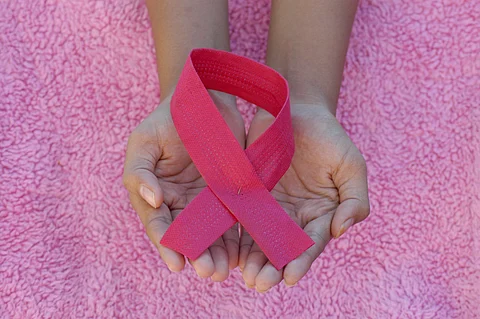
- NEWS
- the EDIT
- COMMENTARY
- BUSINESS
- LIFE
- SHOW
- ACTION
- GLOBAL GOALS
- SNAPS
- DYARYO TIRADA
- MORE

Cervical cancer continues to pose a significant yet preventable threat to women’s health in the Philippines, with over 7,800 new cases diagnosed annually and an average of 12 women dying from the disease each day.
The cancer ranks as the fourth leading cause of cancer-related deaths among Filipino women, particularly affecting those between the ages of 15 and 44.
In observance of Cervical Cancer Consciousness Month this May, the Philippine Commission on Women (PCW) renewed its call for stronger, nationwide efforts to eliminate cervical cancer through early detection, vaccination, and access to healthcare.
Speaking on the PCW’s radio program Tinig ng Kababaihan, Dr. Mary Ann Galang-Escalona, Medical Affairs Lead at MSD Philippines, emphasized that cervical cancer, which affects only women, is primarily caused by the Human Papillomavirus (HPV) — a virus that is preventable with timely vaccination and early screening.
“Many women are diagnosed only when symptoms are already severe,” Galang-Escalona explained.
"It is often due to limited access to regular checkups and the tendency of women to place their health last while managing everyday responsibilities," she added.
The health expert also debunked common myths that hinder prevention, such as the belief that wearing clean underwear, using special sanitary napkins, or applying feminine wash can prevent the disease.
“The real solution lies in awareness, vaccination, and early screening,” she stressed.
Survival rates for cervical cancer drop significantly the later it is diagnosed. The five-year survival rate is about 85 percent for Stage 1, 65 percent for Stage 2, 35 percent for Stage 3, and only 7 percent for Stage 4.
“Victim-blaming only worsens the burden. What women need most is understanding, encouragement, and access to care,” she said.
The Department of Health supports the World Health Organization’s 90-70-90 strategy to eliminate cervical cancer: 90 percent of girls should be fully vaccinated against HPV by age 15; 70 percent of women should undergo screening using a high-performance test by age 35; and 90 percent of women diagnosed with cervical disease should receive appropriate treatment.
PCW Chairperson Ermelita Valdeavilla echoed the urgency for action:
"No woman should die from a disease we already know how to prevent. We must ensure that every Filipina — regardless of age, income, or location — has access to life-saving information, vaccination, and care," Valdeavilla said.
"Cervical cancer-free future is possible if we act together and act now,” she said.
Throughout the country, hospitals, barangay health units, and local government units have joined the observance through free screenings and information campaigns aimed at encouraging early detection and informed decision-making.
HPV vaccines are available and can be given to girls as early as age nine.
